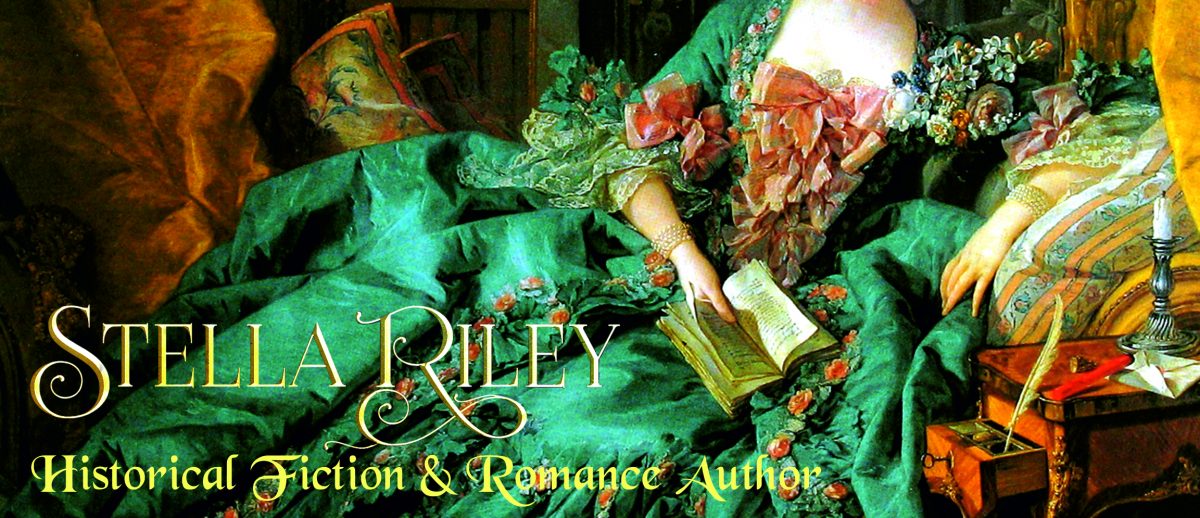Pierre Corneille
1606-1684
On a bright but chilly December morning in Rouen, the Corneille Museum was a warm and welcome surprise … and my husband and I had it to ourselves.
The museum is situated in the house that was Corneille’s home for over fifty years. A pleasant, welcoming building with two large, light rooms on each floor which, in additional to relevant theatrical memorabilia, also contain Corneille’s extensive library and his desk.
I should probably admit that I’m not actually a great fan of Corneille’s plays and much prefer those of Moliere.
But I wanted to use French theatre as a background to The King’s Falcon which is largely set in 1652 – and at that time, Moliere’s troupe was still touring the provinces. Corneille, on the other hand – though his popularity had taken a bit of a hit in the late 1640s – was still the foremost French dramatist of his day.
He wrote some forty-two plays during his lifetime, many of which have been largely forgotten and only four are ever performed in any language other than French.
Horace (1640), Cinna (1641), Polyeucte (1642/3) … and the one for which Corneille is best known and which began his rise to theatrical stardom … Le Cid.
Le Cid was premiered at the Théâtre du Marais in 1637. This had been founded only three years before by two actors (Lenoir and Montdory) who felt it was time to end the theatrical stranglehold of the King’s Players at the Hotel de Bourgogne … and it immediately gained the patronage of Cardinal Richelieu. The theatre, which had begun life as a tennis-court, suffered a damaging fire in 1643 which resulted in some re-building – and the installation of the first proscenium stage.
Richelieu had been Corneille’s patron as well as that of the Marais Theatre until the opening performance of Le Cid. The play was an instant success but it was also controversial in that it departed from the existing form and style. Richelieu didn’t like it; Corneille refused to accept the Cardinal’s criticisms and thus a parting of the ways became inevitable. Richelieu, being a fan of Montdory, continued to support the Marais until his own death in 1642 … but Corneille now took his new plays to the Hotel de Bourgogne.
And then, in 1652, something occasioned a change of heart. Perhaps because his recent offerings had been less than successful or perhaps because of some disagreement at the Bourgogne, Corneille gave permission for a revival of Le Cid on the stage of the Marais Theatre where it had premiered some fifteen years before. Readers of The King’s Falcon will recall that Athenais de Galzain took the leading role of Chimene … her first opportunity to play Corneille and an occasion of equal delight and terror.
 This portrait is fitted above the fireplace in Corneille’s study. The sun strikes it from windows to the right.
This portrait is fitted above the fireplace in Corneille’s study. The sun strikes it from windows to the right.
Like myself, many of you will have seen the epic film, El Cid, starring Charlton Heston and Sophia Loren. It’s the tale of an 11th century Spanish warrior – which, naturally, was one of the things Richelieu had against it.
Perhaps, also like me, some of you will remember the final scenes when Rodrigue’s corpse is strapped into the saddle of his horse to put heart into the army for their next battle … and the epic closing line given in voice-over.
And so El Cid rode off the pages of history and into legend.
I can’t help wondering what Corneille would have made of that!



